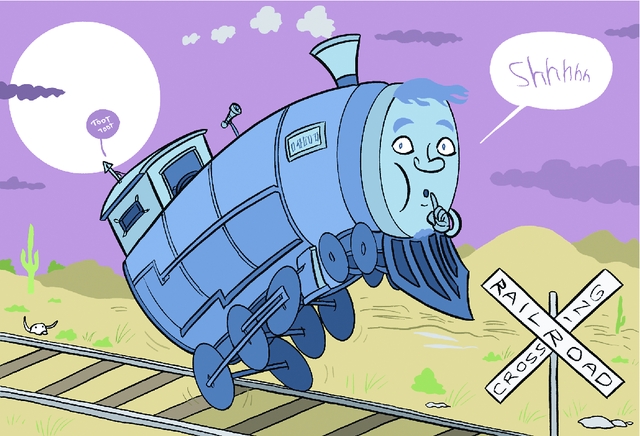Silence Makes Its Way Down The Tracks
Construction Of Albuquerque's Quiet Zones Gets Underway As Sen. Sanchez Seeks Immediate Funding For Safer Railroad Crossings

Latest Article|September 3, 2020|Free
::Making Grown Men Cry Since 1992


